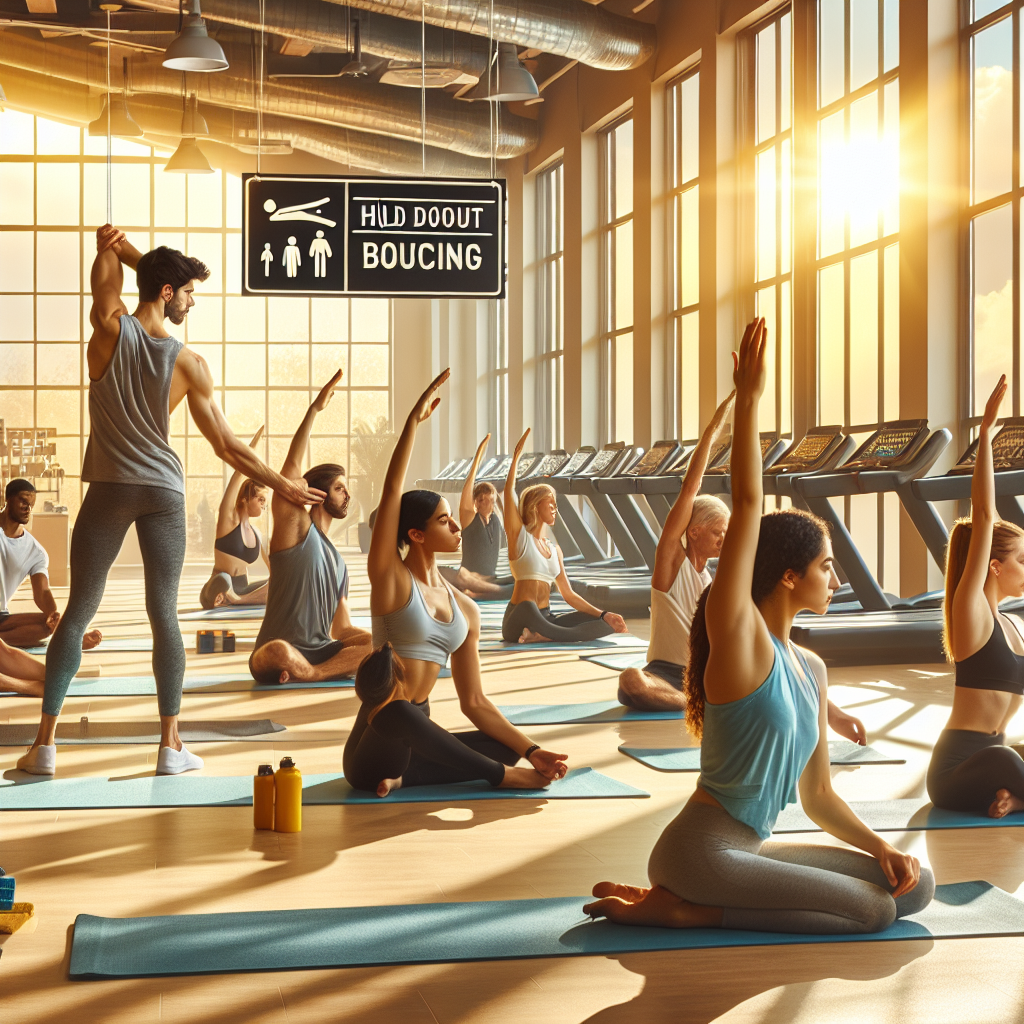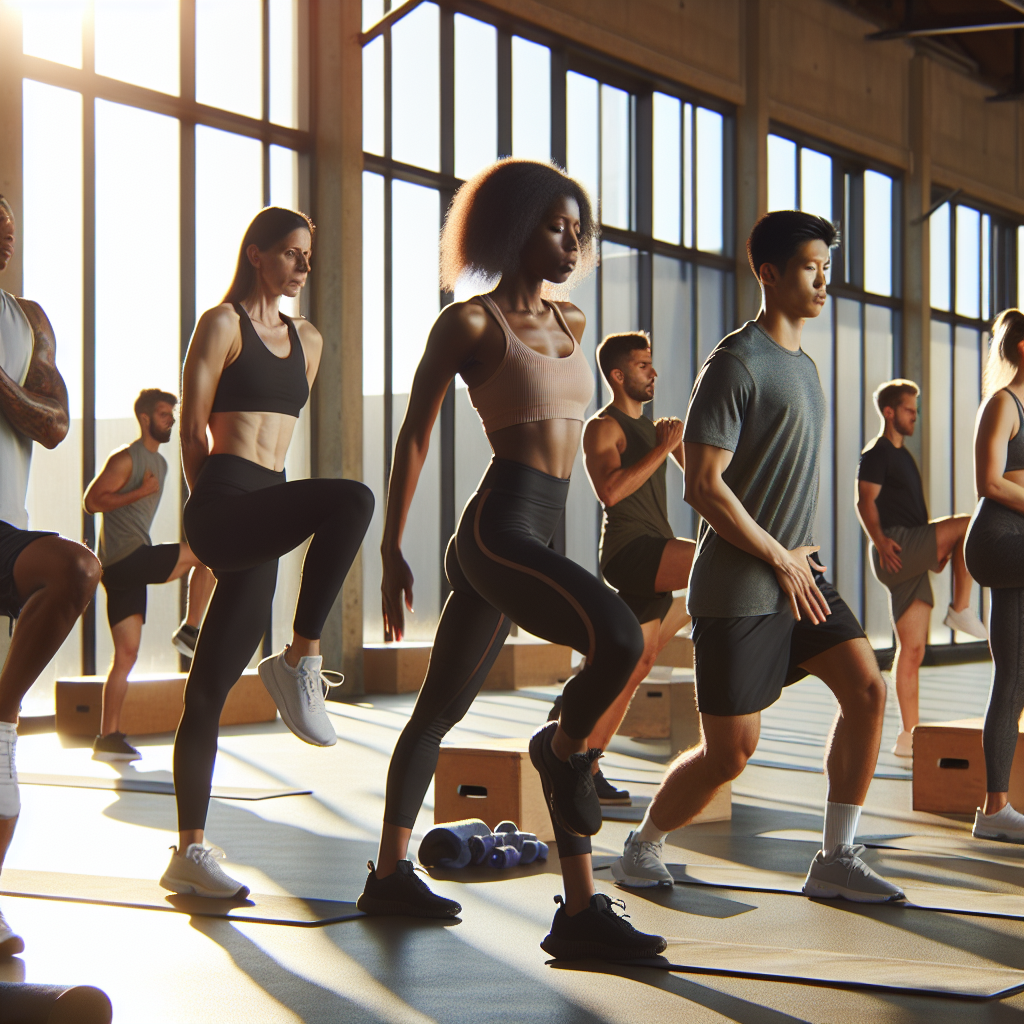Starting a daily stretching routine demands just 10–15 minutes to create lasting benefits, and I split this time into 2–3 shorter sessions throughout the day.
Building an Effective Stretching Habit
My experience shows that new stretchers succeed by starting with 5–10 minute sessions, then adding more time as their bodies adapt. This builds a sustainable practice focused on regular, consistent stretching rather than long, sporadic sessions.
Key Takeaways for an Ideal Stretching Routine
- Hold each stretch for 15–30 seconds without bouncing, aiming for a gentle pull rather than pain
- Target major muscle groups with specific time allocations: 3–4 minutes for hamstrings/lower back and hip flexors/quadriceps
- Avoid stretching cold muscles by warming up with 5–10 minutes of light cardio first
- Morning, post-workout, and evening are ideal times for stretching sessions
- Start with just 5 minutes daily to build consistency, then gradually increase duration as the habit forms
Why This Approach Works
I’ve found this approach creates a simple yet effective foundation for flexibility training. The key lies in making stretching a daily ritual, much like brushing your teeth or drinking water. By focusing on manageable time chunks, I prevent overwhelm while still achieving meaningful results.
This method makes stretching accessible to anyone, regardless of their current fitness level or schedule constraints. If you’re looking to make a positive change, consider starting small, staying consistent, and allowing your body to adapt gradually.
The Perfect Daily Stretching Routine for Beginners
Finding Your Ideal Stretching Duration
I recommend starting with 10-15 minutes of daily stretching to build a sustainable flexibility practice. This timeframe hits the sweet spot – it’s long enough to see real benefits but short enough to fit into your busy schedule. For the best results, splitting your stretching into 2-3 shorter sessions throughout the day can help keep your muscles loose and limber.
If you’re brand new to stretching, don’t feel pressured to do too much too soon. Start with just 5-10 minutes per session and slowly work your way up as your body adapts. I’ve found that consistency matters more than duration when you’re just getting started.
How Much Time to Spend on Each Muscle Group
Here’s my suggested breakdown of stretching time for key muscle groups:
- Hamstrings and lower back – 3-4 minutes
- Hip flexors and quadriceps – 3-4 minutes
- Calves and ankles – 2-3 minutes
- Shoulders and upper back – 2-3 minutes
- Neck – 1-2 minutes
By targeting these major muscle groups, you’ll create a solid foundation for improved flexibility and mobility. I suggest checking out my detailed step-by-step stretching routine to learn proper form and technique for each stretch.
Remember to breathe deeply and hold each stretch for 15-30 seconds without bouncing. Listen to your body – you should feel a gentle pull but never pain. As your flexibility improves over time, you can gradually increase both the duration and intensity of your stretching sessions.
Avoid These Common Beginner Stretching Mistakes to Prevent Injury
Understanding Basic Stretching Safety
I’ve seen many beginners make the same stretching mistakes that can lead to injury or reduced flexibility gains. One of the biggest mistakes is bouncing or forcing stretches beyond your comfort level. This ballistic stretching can cause muscle tears and strains. Instead, ease into each stretch gradually and hold it at a point where you feel mild tension but not pain.
Another critical error is rushing through stretches without holding them long enough. For effective flexibility improvements, I recommend holding each stretch for at least 15-30 seconds. Quick, short stretches don’t give your muscles enough time to properly lengthen and adapt.
Timing and Preparation Matter
Starting to stretch with cold muscles is like trying to stretch a cold rubber band — it’s more likely to snap. Before diving into your stretching routine, spend 5-10 minutes doing light cardio to warm up your muscles. This could include:
- Walking briskly in place
- Light jogging
- Arm circles and leg swings
- Jumping jacks
- Marching in place
Many beginners also make the mistake of doing static stretches before workouts. Static stretching (holding stretches in place) can actually decrease muscle power and performance when done before exercise. Instead, focus on dynamic stretches that involve moving your joints through their full range of motion.
Your body will tell you when something’s not right. If you feel sharp pain, burning sensations, or significant discomfort during any stretch, stop immediately. Mild tension is normal, but pain is your body’s warning signal that you’re pushing too hard or doing something wrong.

The Best Time to Stretch for Maximum Benefits
Key Stretching Windows Throughout Your Day
Starting your morning with stretching can set a positive tone for your entire day. Getting your blood pumping first thing helps shake off that morning stiffness and primes your muscles for movement. A quick 5-10 minute morning stretch is enough to get those benefits – I’ve found it’s best to tackle this right after getting out of bed.
Post-workout stretching is another prime opportunity since your muscles are already warm and flexible. Your body temperature is elevated and blood flow is strong, making this an ideal time to work on your flexibility. I recommend spending 10-15 minutes stretching after exercise to help with recovery and prevent muscle tightness.
Here’s what I suggest for optimal stretching timing throughout your day:
- Morning routine: 5-10 minutes to boost circulation and reduce stiffness
- Post-workout: 10-15 minutes while muscles are warm
- Evening session: 10-20 minutes to release daily tension
- After showering: 5-10 minutes when muscles are warm and pliable
An evening stretching session before bed can help you wind down and improve sleep quality. The gentle movement helps release tension built up during the day, and can be a great way to practice mindfulness. If you’re just getting started with stretching, I suggest checking out a complete stretching routine guide to ensure you’re using proper form.
Post-shower stretching is another excellent option since your muscles are naturally more receptive to stretching when they’re warm. The heat from your shower increases muscle elasticity, making this a perfect time for a quick 5-10 minute session.
The total time you spend stretching each day doesn’t need to be overwhelming – even 10-15 minutes can make a significant difference. The key is consistency rather than marathon sessions. Pick one or two of these timing windows that work best with your schedule and stick to them.

Essential Dynamic Stretches for Your Pre-Workout Routine
Time-Efficient Dynamic Movements
I recommend spending 5–10 minutes on dynamic stretches before your workout to prepare your muscles and joints for exercise. These movements increase blood flow, improve range of motion, and reduce injury risk. A proper stretching routine for beginners should start with gentle, controlled movements that gradually increase in intensity.
Key Dynamic Stretches and Their Duration
Let me break down the essential dynamic stretches that’ll get your body primed for activity:
- Leg swings: Stand next to a wall for support and swing each leg forward and back 10–12 times. This opens up your hip flexors and hamstrings.
- Arm circles: Rotate your arms in forward circles for 30 seconds, then switch to backward circles for another 30 seconds. Start with smaller circles and gradually increase the size.
- Hip circles: Plant your feet shoulder-width apart and rotate your hips in circles for 20–30 seconds in each direction. Think of drawing large circles with your hips.
- Walking lunges: Take 10 steps forward with each leg, focusing on proper form. Keep your front knee aligned with your ankle and back knee pointing toward the ground.
- High knees: March in place, bringing your knees up toward your chest for 30 seconds. Start at a comfortable pace and pick up the speed as you warm up.
These movements can be completed in a single circuit, and I suggest repeating them twice if you have time. The entire sequence shouldn’t take more than 7 minutes, making it perfect for busy schedules while still delivering significant benefits for your workout preparation.

Simple Static Stretches Every Beginner Should Master
Essential Starting Moves
I’ve found that mastering a few fundamental stretches can make a significant difference in flexibility and mobility. The key stretches I recommend for beginners focus on major muscle groups that often get tight from daily activities.
The standing forward bend targets your hamstrings effectively. Start by standing with your feet hip-width apart, then slowly fold forward from your hips. Let your arms hang down or grab your elbows. Don’t worry about touching your toes — just feel the stretch in the back of your legs while keeping a slight bend in your knees.
For hip and glute flexibility, the figure-4 stretch is perfect. Lie on your back, cross your right ankle over your left thigh, and pull your left knee toward your chest. This opens up tight hips from sitting all day.
Gentle Movement and Release
The cat-cow pose helps maintain spine mobility. Start on your hands and knees, alternating between arching and rounding your back. This gentle movement warms up your spine and can help reduce stiffness.
Here are the recommended hold times and key points for each stretch:
- Chest opener: Stand in a doorway with your arms raised to shoulder height – hold for 30 seconds
- Child’s pose: Sit back on your heels with arms extended forward – maintain for 15–20 seconds
- Standing forward bend: Perform twice on each side – sustain for 20 seconds
- Figure-4 stretch: Hold for 30 seconds per side
- Cat-cow pose: Flow through 8–10 gentle repetitions
I recommend checking out my complete stretching routine guide for detailed form tips and additional exercises. For beginners, these basic stretches create a solid foundation for improved flexibility and body awareness.
Remember to breathe deeply and never force a stretch beyond your comfort zone. If you feel sharp pain, ease off immediately. These movements should create a gentle pulling sensation, but never cause discomfort.
Make Stretching a Daily Habit That Sticks
Starting small with stretching is key — I recommend just 5 minutes daily to build that initial consistency. This tiny commitment makes it much easier to stick with the habit without feeling overwhelmed. Five minutes might not sound like much, but it’s far better than skipping stretching altogether.
Simple Ways to Remember Your Daily Stretch
Setting up a stretching routine doesn’t need to be complicated. I’ve found these practical tips help make stretching as natural as brushing your teeth:
- Set a phone reminder for the same time each day — I suggest right after waking up or before bed
- Connect stretching to existing habits like after your morning coffee or during TV commercials
- Use a fitness app or journal to track your stretching sessions and build momentum
- Place your workout mat in plain sight as a visual reminder
- Focus on how stretching makes your body feel rather than achieving perfect form
The beauty of starting a stretching routine is that you can do it anywhere — your living room, bedroom, or even your office. The goal isn’t to become a yoga master overnight. Instead, I encourage you to notice how your body feels more limber and relaxed after each session. This positive reinforcement helps turn stretching from a chore into something you actually look forward to doing.
Remember that consistency trumps duration when you’re just starting out. Those 5 minutes will naturally expand as stretching becomes part of your daily rhythm. Some days you might stretch for longer simply because it feels good, while other days you’ll stick to the basics — and that’s perfectly fine.
Sources: